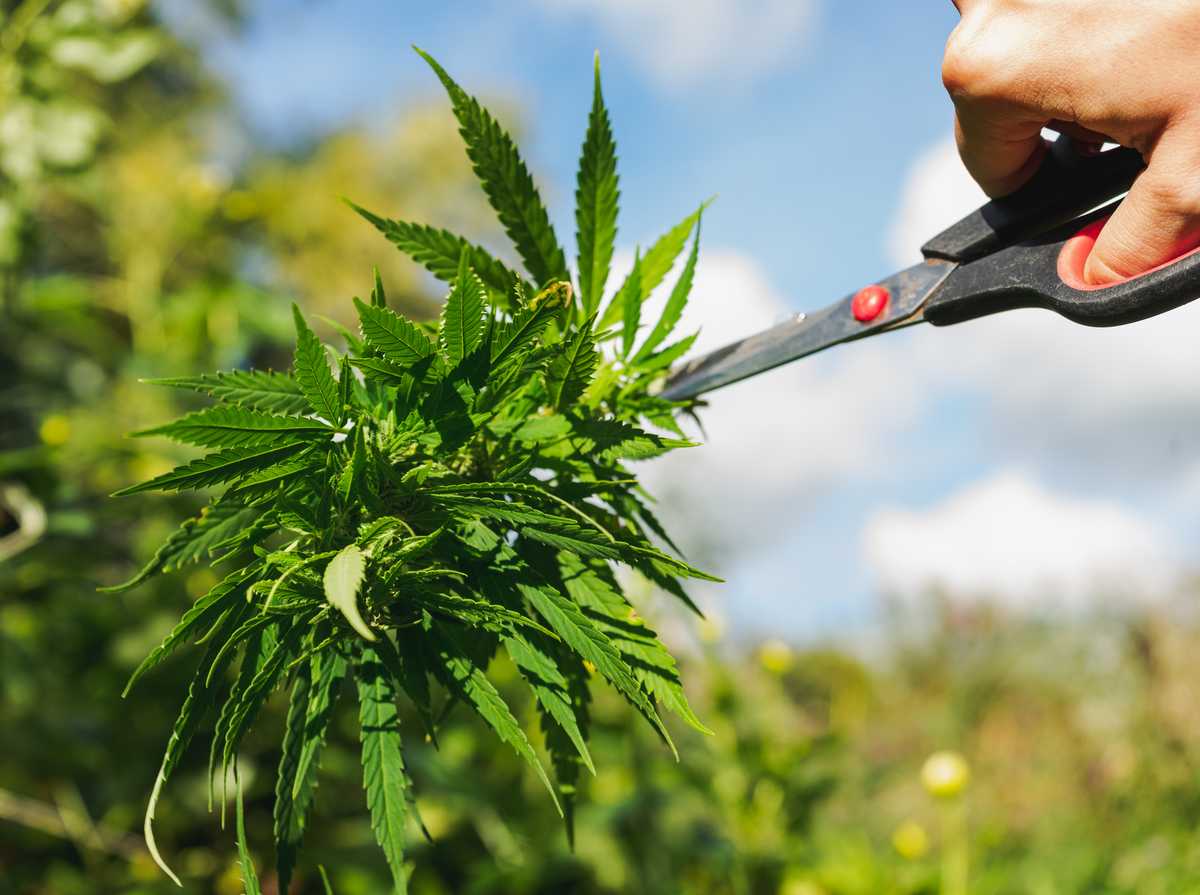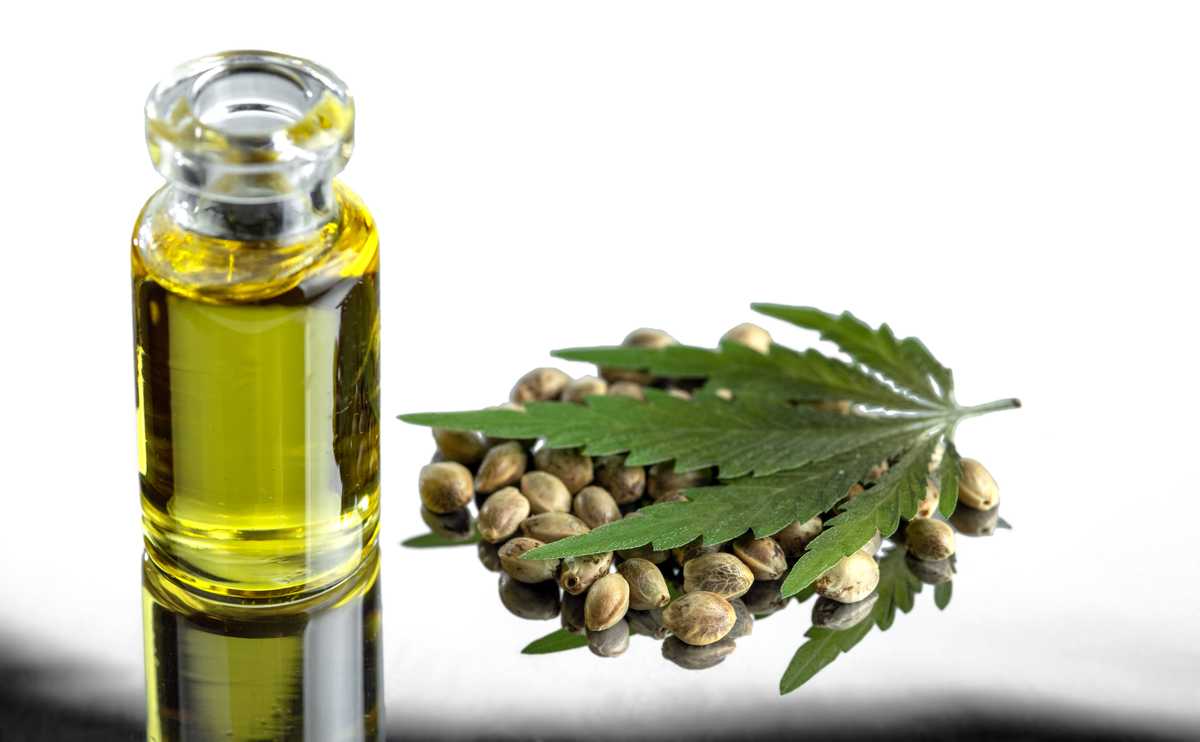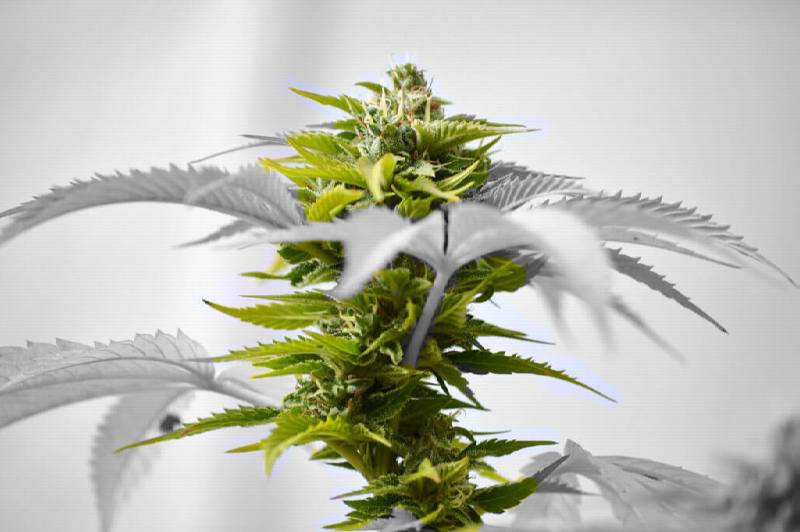
Cannabis Cures The Spine
Cannabis Cures The Spine - The Journal of Thoracic and Cardiovascular Surgery (2019), has recently shown that cannabis could aid in the treatment of spinal injuries.
In particular, researcher Arnar Geirsson from Yale University School of Medicine has found that endocannabinoids such as Tetrahydrocannabinol (THC; one of at least 113 cannabinoids identified in cannabis) have the potential of reducing the inhibited growth seen around glial scarring (spinal cord lesions). Through the cannabinoid receptor (CB1 & 2), the endocannabinoid system (involved in neuronal function and inflammation) is said to downregulate inflammatory markers when exposed to CB2 antagonists.
For example, when someone has suffered a spinal injury in which the cord inside has been compressed or punctured, the site of damage is at large in risk for secondary damage. Secondary damage is the primary cause for concern in a medical setting as it often causes more harm than the initial damage. One big factor of secondary damage scientist have been combating is glial scarring.
Glial scar is a mechanism in which the body’s glial cells (neuron helpers) actually inhibits growth around the damaged area, and prevents neurons from forming new connections across the site of injury. Scientists are still stumped why the body has such a mechanism in play, however, new findings in the cannabis medical literature present promising results.
In conjunction, Huo and colleagues (2019) have also found the naturally occurring endogenous cannabinoid (made by the body) as being a protective factor in the spinal injury of stroke victims. Such findings highlight the exciting potential substances like THC have on the health and rehabilitation of spinal injuries. While much like most research in neuroscience, most studies are conducted on mice/rats until it moves into human trials. Regardless, such findings are an exciting new development for both medicinal cannabis supporters and people with spinal injuries.
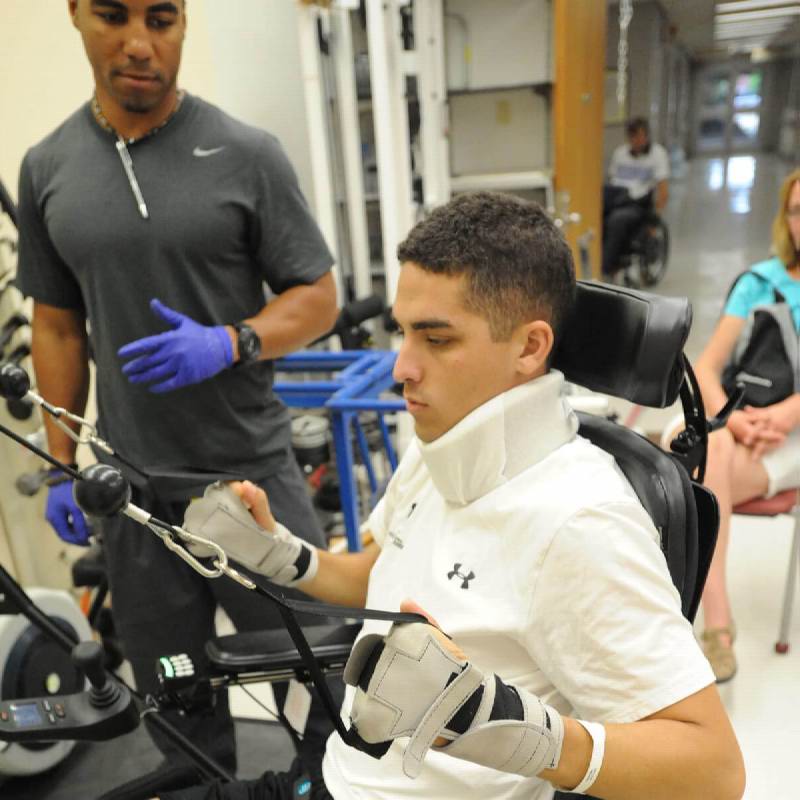
Spinal Injuries Facts
FACTS ABOUT SPINAL CORD INJURIES
Around 12,000 people in Australia today have a spinal cord injury (SCI).
350 to 400 new cases are recorded each year.
Transport-related injuries account for the majority of spinal cord injuries in Australia.
Statistics
The following statistics represent the latest available national statistics of spinal cord injuries, from case registrations to the Australian Spinal Cord Injury Registry (ASCIR).
What does a spinal cord injury affect?
A spinal cord injury does not only result in the loss of limb function and sensation. There are many other areas of the body that can be affected, depending on the person’s level of injury. Some include:
• Lung Function– the lack of ability to breathe and cough
• Bladder control – loss of voluntary control of the bladder and needing to use a catheter to prevent infection.
• Bowel control – depending on severity control over the rectum and bowel movements may be partially or completely lost, with daily enemas to prevent infection.
• Bone density loss - reduced strength of bones and the stiffening and fusion of joints due to the lack of movement.
• Pain & nerve pain – nerve sensitivity causing neuropathic pain (feelings of your limbs being on fire or static tingles). This can range from pins and needles to strong pain below the injury level.
• Skin problems/Bedsores – skin breakdowns producing pressure sores and tears (Bedsores are ulcers that can happen on areas of the skin that are under pressure from lying in bed or sitting in a wheelchair for a prolonged time).
• Spasticity – exaggerated response to stimuli causing muscles to contract or spasm (think of this as an overactive reflex that will not stop).
• Temperature control – the inability to regulate the body’s temperature to respond to heat and cold.
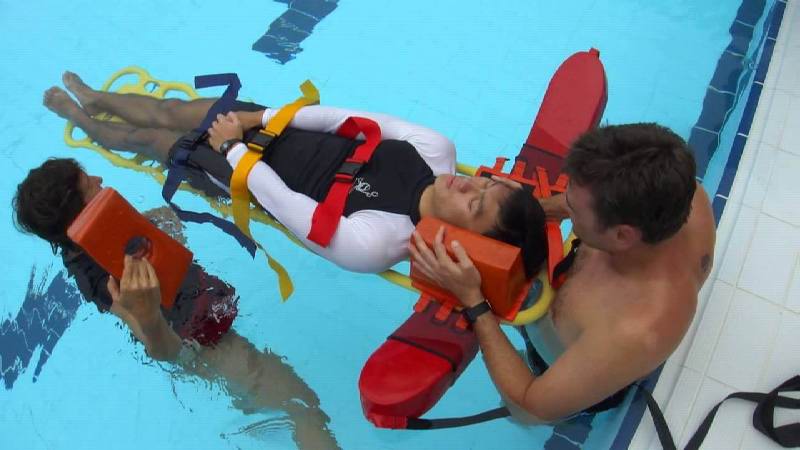
TLDR; Modulation of the endocannabinoid system attenuates ischemic spinal cord injury through CB2-mediated inhibition of the GAPDH/Siah1 signalling cascade, positively influencing neuron survival and function
Geirsson, A. (2019). Cannabis cures the spine. The Journal of thoracic and cardiovascular surgery, 157(2), 506-507.
Hou J, Ma R, Chai X, Liang HJ, Jiang P, Zhu XL, et al. Inhibiting a spinal cord signalling pathway protects against ischemia injury in rats. J Thorac Cardiovasc Surg. 2019;157:494-503.e1.
Disclaimer: Cannabis Place are not doctors and we recommend consulting health professionals for accurate information. This site may contain information regarding drugs. This medicinal cannabis content is designed for an 18+ audience. Click here for our full disclaimer

